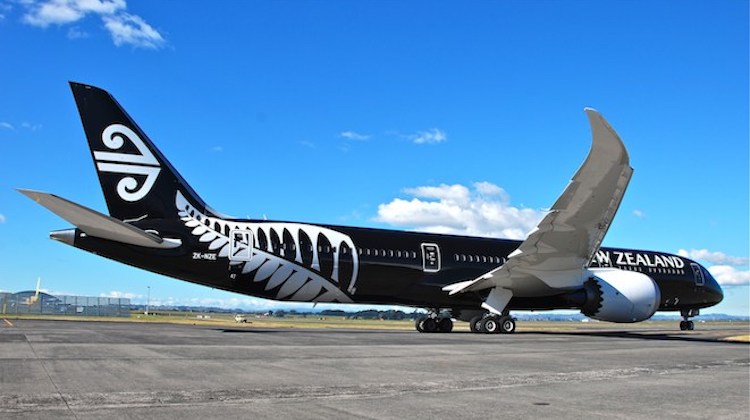Rolls-Royce has booked a 554 million pound exceptional charge in its 2018 half year financial results as it works to resolve problems with the Trent 1000 engine.
The engine maker has also estimated the cost impact of the Trent 1000 engine issues will total about 1.25 billion pounds over the next three years, comprising 450 million pounds in each of 2018 and 2019 and 350 million pounds in 2020.
The estimates for the current and future financial years is on top of the 170 million pounds already booked in 2017.
Rolls-Royce chief executive Warren East said there had been an unacceptable level of disruption and the company was working closely with its affected customers.
“Of course we apologise and do regret all the disruption caused to our customers,” East said during Rolls-Royce’s first half results presentation on August 2.
“However, we are working very constructively with each and every one of those customers on a customer by customer, almost engine by engine basis.
“We have the situation with each customer’s engines plotted out over the next 12 to 18 months and that is a dynamic situation but we are working very closely with them on that.”
In April, the US Federal Aviation Administration (FAA) issued an airworthiness directive (AD) that limited extended operations for Boeing 787s with Rolls-Royce Trent 1000 engines due to some durability issues on the intermediate compressor rotor blade for Trent 1000 Package C engines.
The US FAA’s ruling followed the European Aviation Safety Agency (EASA) calling for more regular checks on the intermediate pressure compressor rotor blades.
East said the peak number of aircraft on ground reached about 50 earlier in 2018 and was gradually being reduced as Rolls-Royce ramped up its maintenance, repair and overhaul (MRO) capacity to cope with the increased inspections.
In terms of a long-term fix to the problem, Rolls-Royce said recently it had started certification testing of a redesigned intermediate compressor rotor blade for Trent 1000 Package C engines, with a redesign for Trent 1000 Package B engines to follow.
“In addition, as a precautionary measure, we have launched and, are in the process of testing, a redesign of the blade common to the Trent 1000 TEN and Trent 7000 engines,” Rolls-Royce said in its first half results.
“We continue to make good progress in addressing the other known issues affecting Trent 1000 engines.”
The FAA’s AD said affected aircraft would be allowed to fly no further than 140 minutes from an alternate airport.
Previously, the US FAA had allowed 330-minute ETOPS approval for the 787, which meant the aircraft could be flown on a route that kept it within five and a half hours flying time on a single engine from an alternate airport in the event of an engine failure.
“This AD was prompted by a report from the engine manufacturer indicating that after an engine failure, prolonged operation at high thrust settings on the remaining engine during an ETOPS diversion may result in failure of the remaining engine before the diversion can be safely completed,” the FAA’s AD said.
“We are issuing this AD to address the unsafe condition on these products.”
There are about 1,000 Rolls-Royce Trent 1000 “Package C” engines in service powering Boeing 787-9s, including with Air New Zealand, All Nippon Airways and British Airways.
Airlines have already been forced to park aircraft while waiting for their Trent 1000 Package C engines to be inspected, repaired and/or replaced amid a shortage of replacement engines. Further, some carriers have temporarily leased aircraft as cover while their 787 engines were being inspected.

Rolls-Royce posts first half underlying profit
Despite all the troubles associated with the Trent 1000, Rolls-Royce posted an underlying profit of 59 million pounds for the six months to June 30 2018, compared with an underlying loss of 120 million pounds in the prior corresponding period.
Underlying revenue rose 14 per cent to 7.04 billion pounds.
East said the company was making good progress on its restructuring plan first announced in June that included cutting its workforce by 4,600, reducing costs and selling assets as part of efforts to achieve annual savings of 400 million pounds per year by the end of 2020.
In addition to aircraft engines, Rolls-Royce is also involved in the shipping, energy and defence industries.










